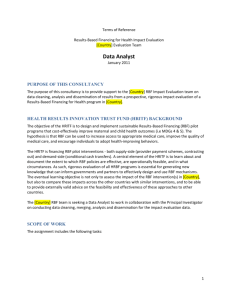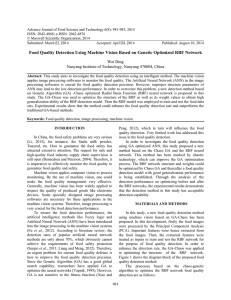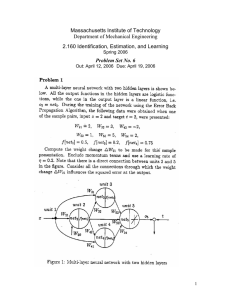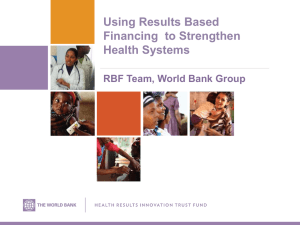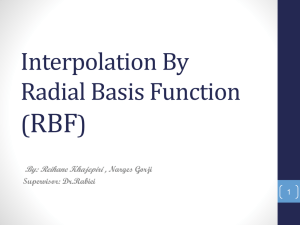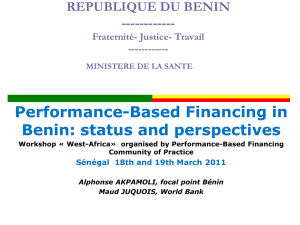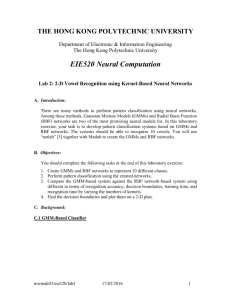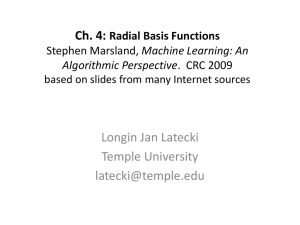- School of Engineering and Technology
advertisement
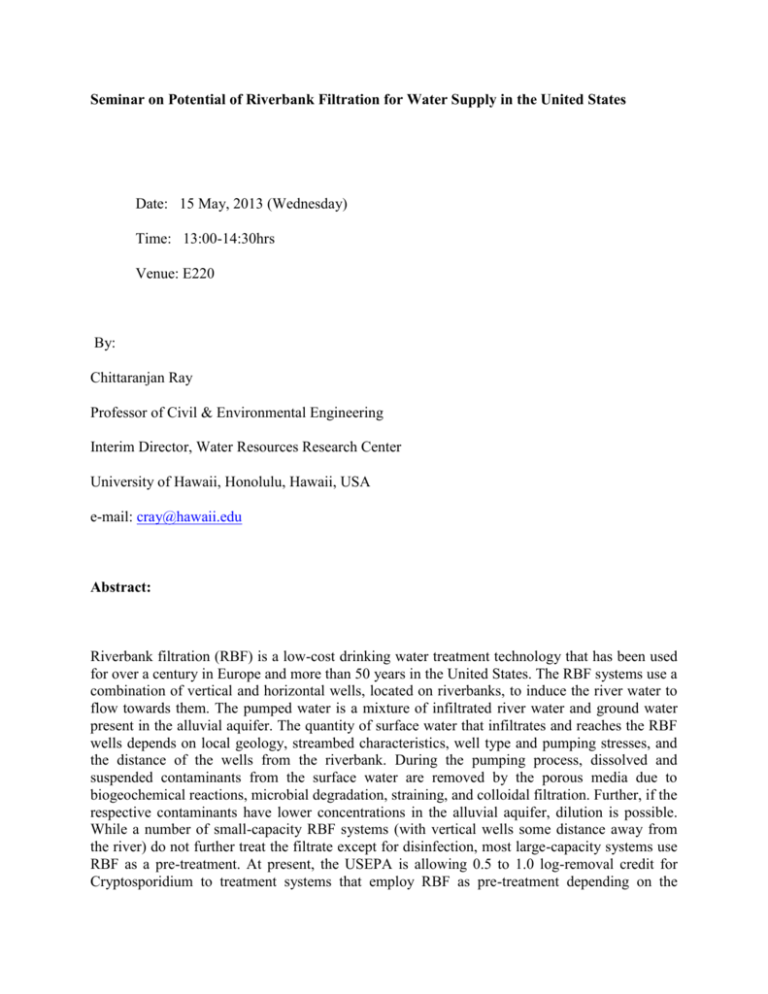
Seminar on Potential of Riverbank Filtration for Water Supply in the United States Date: 15 May, 2013 (Wednesday) Time: 13:00-14:30hrs Venue: E220 By: Chittaranjan Ray Professor of Civil & Environmental Engineering Interim Director, Water Resources Research Center University of Hawaii, Honolulu, Hawaii, USA e-mail: cray@hawaii.edu Abstract: Riverbank filtration (RBF) is a low-cost drinking water treatment technology that has been used for over a century in Europe and more than 50 years in the United States. The RBF systems use a combination of vertical and horizontal wells, located on riverbanks, to induce the river water to flow towards them. The pumped water is a mixture of infiltrated river water and ground water present in the alluvial aquifer. The quantity of surface water that infiltrates and reaches the RBF wells depends on local geology, streambed characteristics, well type and pumping stresses, and the distance of the wells from the riverbank. During the pumping process, dissolved and suspended contaminants from the surface water are removed by the porous media due to biogeochemical reactions, microbial degradation, straining, and colloidal filtration. Further, if the respective contaminants have lower concentrations in the alluvial aquifer, dilution is possible. While a number of small-capacity RBF systems (with vertical wells some distance away from the river) do not further treat the filtrate except for disinfection, most large-capacity systems use RBF as a pre-treatment. At present, the USEPA is allowing 0.5 to 1.0 log-removal credit for Cryptosporidium to treatment systems that employ RBF as pre-treatment depending on the distance of the intake point of the well with respect to the streambed or high water level in the river. This has prompted renewed interest in RBF for drinking water production in the United States. Many other countries in Asia, including China, India, India, Vietnam, and Thailand have tremendous potential to use RBF for water supply. In India, it is gaining increasing popularity as the rivers are becoming increasingly polluted. In this presentation, we will discuss the site suitability for RBF, potential production capacity, and market growth in the United States. We will also review the operational efficiency of RBF systems to remove pathogens, microscopic particulates, and other dissolved chemicals from a variety of studies. Then, we will discuss site hydrogeology and well construction/placement factors for optimal operation of RBF systems. We will pose the research issues that need to be addressed. Finally, we will present summaries of modeling studies dealing with biogeochemical processes involved in riverbank filtration and pathogen filtration. Brief resume of Prof. C. Ray Dr. Chittaranjan Ray is a Professor in Department of Civil and Environmental Engineering at the University of Hawaii, and Interim Director of the University’s Water Resources Research Center. He is also the Chief Environmental Engineer of the Applied Research Laboratory (of the US Navy) at the University of Hawaii. He is a fellow of the American Society of Civil Engineers. Dr. Ray holds a doctoral degree in Civil Engineering from the University of Illinois at Urbana Champaign. Dr. Ray worked as a staff engineer in the firm of Arcadis Geraghty& Miller prior to pursuing his doctoral degree where he gained significant experience in remedial investigation of contaminated sites. He was also employed as a scientist at the Illinois State Water Survey prior to taking an academic job with the University of Hawaii in 1997. Dr. Ray’s research focuses on the impacts chemicals and pathogens on ground water surface water, water quality assessment, and surface and ground water interaction in the context of water supply. Dr. Ray advises the Hawaii Department of Agriculture on the leachability of new chemicals for their registration of the state of Hawaii. He has worked extensively in the Pacific Rim countries on topics such as riverbank filtration for water supply and development of low-cost water treatment systems for emergency use during disasters. He has received competitive funding from the Department of Defense, USDA, EPA, NSF, NATO, USAID and other agencies for various water and environmental related projects. Currently, he is in the editorial board of the journal Clean Technology and Environmental Policy and he serves as an Associate Editor of the journal Irrigation and Drainage Engineering.
